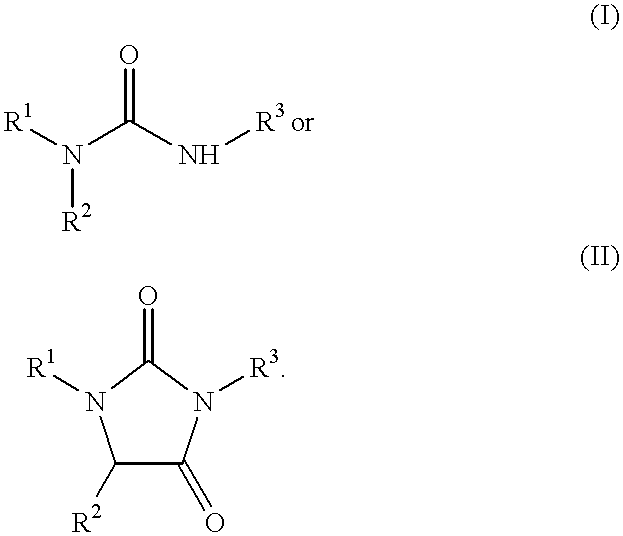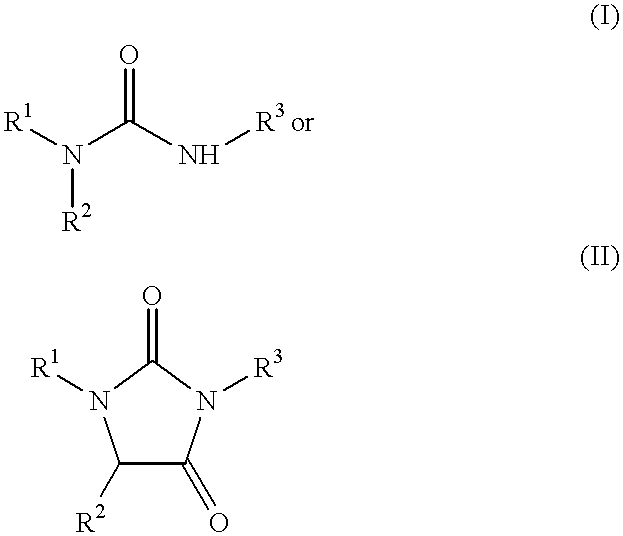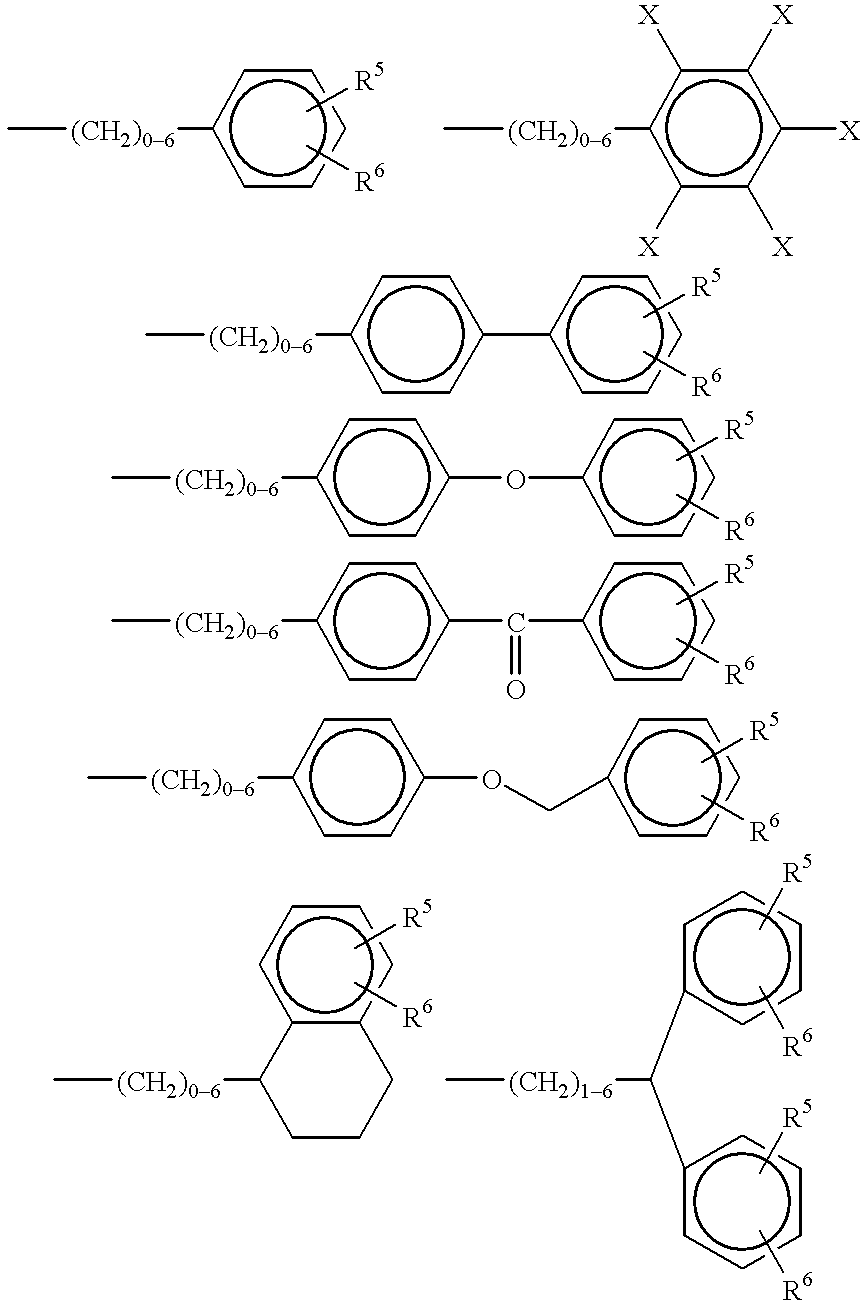Matrix metalloproteinase inhibitors and method of using same
a technology of matrix metalloproteinase and inhibitor, which is applied in the field of matrix metalloproteinase, can solve the problems of extreme rapid rise in mmp levels and subject death, and achieve the effect of not significantly altered motility of fibroblasts and high cytotoxicity
- Summary
- Abstract
- Description
- Claims
- Application Information
AI Technical Summary
Problems solved by technology
Method used
Image
Examples
example 1
Effect on F442 Fibroblast Viability
To be incorporated successfully into a pharmaceutical composition, a compound must assert its intended effect without having unacceptably high cytotoxicity within the window of therapeutically active drug concentration. This Example tests the in vitro effect of a series of the subject compounds, designated series 151.2, on the viability of cultured fibroblasts.
Toxicity of the compounds was determined by incubating several log doses of the compound and solvent controls for 6 to 24 hours in serum-free medium. The cell number was then determined by comparing the absorbance of crystal violet with controls, and cell death determined by trypan blue dye exclusion in conventional and well known fashion. The model cell line used was a murine fibroblast cell line designated F442A, which was generously provided by Dr. Howard Green of Harvard University.
The series 151.2 compounds are a sub-library of the subject compounds consisting of the following compounds:...
example 2
Effect on F442 Fibroblast Viability
In this Example, cultured fibroblasts are placed into the upper chamber of a two-chambered plate. The two chambers are separated by a perforated barrier which is just large enough for the fibroblast to pass through (if sufficiently motivated). A chemoattractant is placed into the lower chamber to entice the fibroblasts to migrate from the upper chamber into the lower. In this case, epidermal growth factor (EGF) plus fibronectin was used as the chemoattractant.
Cultured F442 fibroblasts were placed into the upper chambers of a series of wells in the presence of 0 (control), 1, 10, and 100 .mu.M of series 151.2 compounds. Into the lower chambers was placed either EGF, fibronectin, or EGF and fibronectin. The results are depicted in FIG. 2. As shown in the figure, when migration was initiated by the presence of EGF and fibronectin in the lower chamber, the motility of the fibroblasts was not significantly altered by the presence of up to 100 .mu.M of s...
example 3
In this Example, the series 151.2 compounds were tested in an in vitro assay for their ability to inhibit tumor cell penetration of a reconstituted basement membrane known as as "MATRIGEL" (Collaborative Biomedical Products Inc., Bedford, Mass.) (see Kleinman et al. (1982) Biochem. 24:6188-6193).
An 8 .mu.m pore filter coated with "MATRIGEL" separates a series of lower compartments containing a chemoattractant and a corresponding series of upper compartments containing metastatic and non-metastatic cells and a compound to be tested. The metastatic cells are able to degrade the "MATRIGEL" barrier and, over a period of time, migrate through the pores of the filter whereas non-metastatic cells remain on the upper surface. The cells that pass to the under side of the filter are counted under a microscope to determine the extent to which they are able to pass from the upper compartment into the lower compartment. The ability of tumor cells to penetrate "MATRIGEL" ha...
PUM
| Property | Measurement | Unit |
|---|---|---|
| diameter | aaaaa | aaaaa |
| total volume | aaaaa | aaaaa |
| pH | aaaaa | aaaaa |
Abstract
Description
Claims
Application Information
 Login to View More
Login to View More - R&D
- Intellectual Property
- Life Sciences
- Materials
- Tech Scout
- Unparalleled Data Quality
- Higher Quality Content
- 60% Fewer Hallucinations
Browse by: Latest US Patents, China's latest patents, Technical Efficacy Thesaurus, Application Domain, Technology Topic, Popular Technical Reports.
© 2025 PatSnap. All rights reserved.Legal|Privacy policy|Modern Slavery Act Transparency Statement|Sitemap|About US| Contact US: help@patsnap.com



